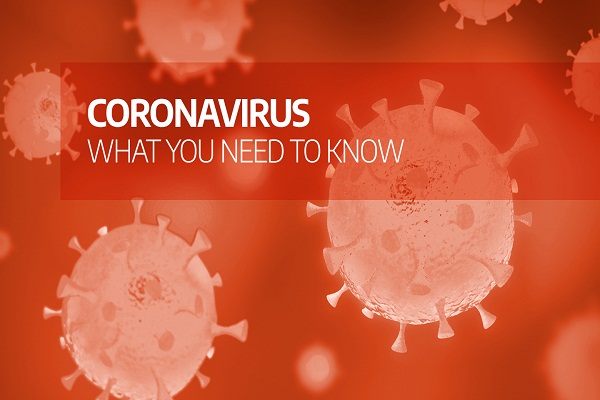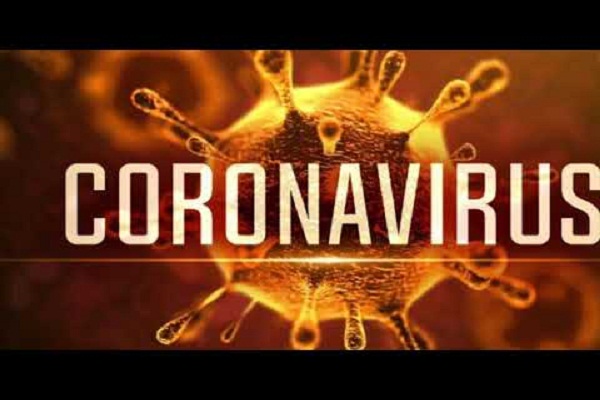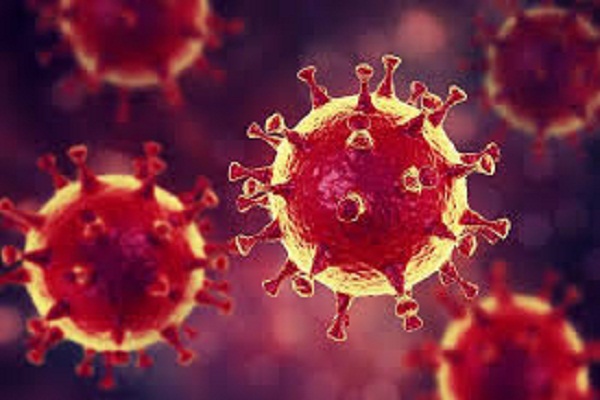
Fatty liver disease is a condition caused by deposition of excess fat within the liver. Even without any alcohol intake liver can become fatty causing non alcoholic fatty liver disease (NAFLD) in those who have diabetes, obesity or elevated lipids. Non alcoholic steatoheaptitis (NASH) is liver fat with inflammation and injury caused by building up of excess fat.
Currently, the treatment aims at lifestyle modification and management of co-morbidities associated with NAFLD such as obesity, diabetes, hypertension, dyslipidemia and cardiovascular disease. Early diagnosis of the fatty liver disease is thus crucial for prevention, management and arrest progression of the disease. A fatty liver health check up thus becomes essential to assess and identify patients at risk and also manage those who have been detected with the disease.

NASH patients have an increased risk of cardiovascular disease and liver related death. NASH can progress to fibrosis and later to cirrhosis which is scarring and hardening of liver tissue. Cirrhosis can lead to liver failure and liver cancer with a need for liver transplant. It is estimated that more than 30% of the adults and 10% of the paediatric population in our country have fatty liver. Also, many patients are not even aware of the disease. According to recent projections, prevalence of NAFLD is increasing at the same rate as obesity and type 2 diabetes which are the key risk factors for NAFLD. About 70-90% of obese and 40 – 50% of type 2 diabetes patients have NAFLD.
All you need to know about the liver function
The liver is the largest internal organ in our body and is located under your rib cage on the right side. It produces bile, which plays an important role in breakdown and absorption of fat, cholesterol and some vitamins. Liver breaks down carbohydrates, proteins and fats into energy. It also stores iron, vitamin A, D, E, K and B12. Liver removes harmful substances from your blood and helps in fighting infection. In addition it produces important blood clotting factors.

Also read: One in five Indians is deficient in Vitamin B12: Metropolis Study
What is NAFLD?
As mentioned earlier NAFLD is a condition caused by deposition of excess fat in the liver. This can lead to serious liver condition if not cured / treated at an early stage. It is important to understand that NAFLD has no symptoms. Also by the time the symptoms manifest, patients might have already progressed to advanced stage of liver disease.
How to diagnose NAFLD?
Fatty liver is detected routinely by Ultrasonography. Magnetic Resonance Elastography (MRE) is a reliable non-invasive technique for evaluating liver stiffness and fat fraction.
Screening and assessment of fatty liver disease is the need of the hour
The prevalence of obesity and metabolic syndrome is rising at an alarming rate increasing the incidence of NAFLD. NAFLD has emerged as a common cause of chronic liver disease amongst adults. In fact not many people are even aware of their underlying liver condition. Besides obesity and metabolic syndrome, polycystic ovarian syndrome and certain medications are also risk factors of NAFLD. Indeed, if you have a family history of fatty liver disease, you may be prone to it. Screening and assessment of fatty liver is thus essential in those who have diabetes, obesity and elevated lipids or noted to have fatty liver as ultrasound or elevated liver enzymes on health check-up.
Also read: Fruits and vegetables that detoxify the liver
What is the treatment approach in the fatty liver clinic?
Patients with fatty liver disease need a multidisciplinary approach with expert advice from a team of hepatologist, endocrinologist, clinical nutritionist and exercise specialist. The team provides holistic patient-centric care involving diagnosis and staging of fatty liver disease with lifestyle intervention as well as management of metabolic and cardiovascular risk factors. The patients could also be evaluated by a cardiologist and psychologist if required.
Take-home message
NAFLD is a growing health challenge of the 21st century. There are limited medications available to effectively treat the fatty liver disease. Optimizing the control of risk factors remains the main strategy for the treatment. Lifestyle modification comprising of gradual weight loss, optimal nutrition and exercise will help reduce hepatic fat accumulation and inflammation. Patients with insulin resistance, diabetes and dyslipidemia should aim at controlling and lowering their blood glucose and elevated lipid levels.
A multidisciplinary fatty liver program is thus essential to provide optimal therapy, which will control and reverse NAFLD.
(Disclaimer: Writer is Dr Samir Shah, Head of department of Hepatology, Global Hospital, Mumbai. Views expressed are a personal opinion.)
Be a part of Elets Collaborative Initiatives. Join Us for Upcoming Events and explore business opportunities. Like us on Facebook , connect with us on LinkedIn and follow us on Twitter , Instagram.












